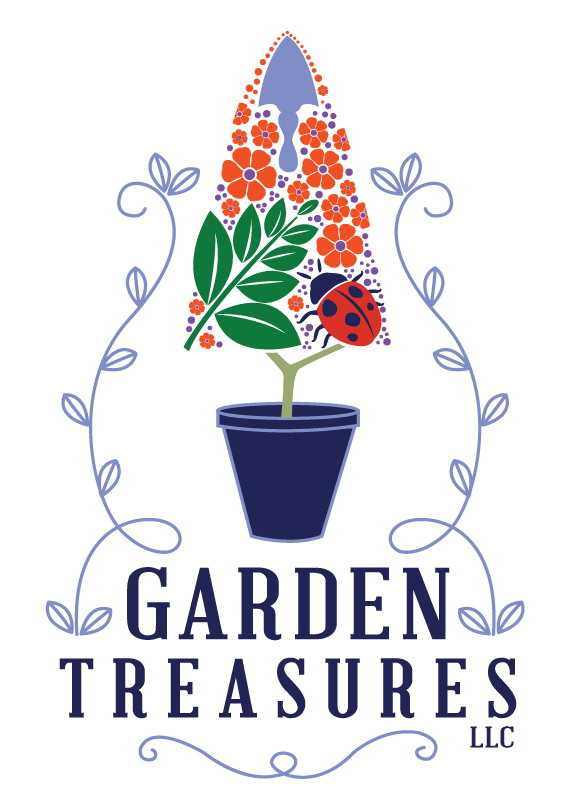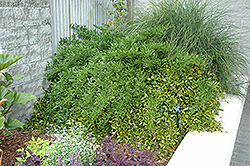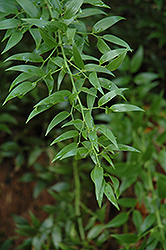Height: 3 feet
Spread: 3 feet
Sunlight:
![]()
![]()
Hardiness Zone: 7
Other Names: Poet's Laurel
Description:
This low light shrub is excellent used as groundcover in a shady area; lusterous foliage cuttings are long lasting for flower arrangements; foliage will discolor in prolonged sun
Ornamental Features
Alexandrian Laurel is primarily grown for its highly ornamental fruit. It features an abundance of magnificent tomato-orange berries in mid fall. It has attractive forest green evergreen foliage. The glossy pointy leaves are highly ornamental and remain forest green throughout the winter.
Landscape Attributes
Alexandrian Laurel is an open multi-stemmed evergreen shrub with a shapely form and gracefully arching branches. It lends an extremely fine and delicate texture to the landscape composition which should be used to full effect.
This is a relatively low maintenance shrub, and can be pruned at anytime. It has no significant negative characteristics.
Alexandrian Laurel is recommended for the following landscape applications;
- Mass Planting
- Rock/Alpine Gardens
- General Garden Use
- Container Planting
Planting & Growing
Alexandrian Laurel will grow to be about 3 feet tall at maturity, with a spread of 3 feet. It tends to fill out right to the ground and therefore doesn't necessarily require facer plants in front. It grows at a slow rate, and under ideal conditions can be expected to live for approximately 20 years.
This shrub does best in partial shade to shade. It does best in average to evenly moist conditions, but will not tolerate standing water. It is not particular as to soil pH, but grows best in rich soils. It is somewhat tolerant of urban pollution. This species is not originally from North America.
Alexandrian Laurel makes a fine choice for the outdoor landscape, but it is also well-suited for use in outdoor pots and containers. Because of its height, it is often used as a 'thriller' in the 'spiller-thriller-filler' container combination; plant it near the center of the pot, surrounded by smaller plants and those that spill over the edges. It is even sizeable enough that it can be grown alone in a suitable container. Note that when grown in a container, it may not perform exactly as indicated on the tag - this is to be expected. Also note that when growing plants in outdoor containers and baskets, they may require more frequent waterings than they would in the yard or garden.


